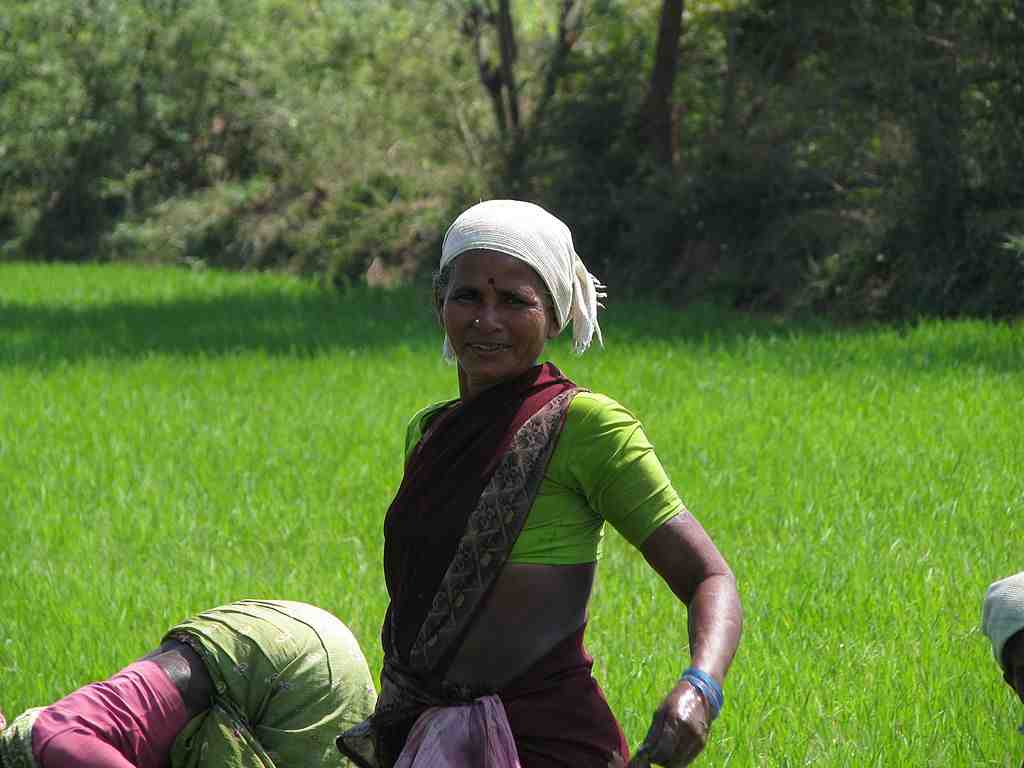Microfinance, or the practice of lending to micro-entrepreneurs and small businesses that lack access to traditional banking and related financial services, takes place in different forms globally. The main goal of this type of lending is to offer loans to often low income or “unbanked” individuals in developing countries. With access to funding, borrowers stand a better chance of being able to start-up or further develop a business they believe meets a local need. In many cases, borrowers would otherwise not be able to help pull their families out of poverty, build personal assets and ultimately ascend the socioeconomic ladder. Global institutions, such as the World Bank, run programs that facilitate lending to farmers, women in village communities and small business owners. There are also for-profit organizations and commercial banks that operate various microfinance models. Loans can range from a few hundred U.S. dollars to several thousand U.S. dollars with annual interest rates north of 20%.
Given these high interests rates, the microfinance industry inevitably creates controversies as some claim it takes advantage of poor workers. In the Asia context, the degree of development and success of microfinance lending varies quite a bit given various political and social sensitivities.
Bangladesh’s model of lending to small groups of women whose group members act as co-guarantors for repayment has been an inspiration to many other countries. Approximately 40% of Indonesia’s 240 million people lack access to financial services. The model of lending to the “productive poor” to expand their businesses has been effective. Micro-loans are made to farmers or self-employed small business owners who might not otherwise be able to provide proof of income required in a traditional banking scenario. In general, borrowers are receptive to the merits of microfinance lending and, thus far, such models have thrived. In India, however, microfinance lending carries a rather negative connotation. This is due in part to overly aggressive lending and payment collections practices. In India, the practice of microfinance lending has met with scrutiny and criticism by regulators and politicians.
Whether microfinance is praised or not, the benefits or pitfalls are subject to the interpretation of the stakeholder. It is, however, important to keep in mind that while urbanization may be taking place across Asia, large populations still live in rural areas in the region’s less developed countries. Because of structural or social hurdles, gaining access to financial services is still amongst the many challenges faced by rural residents. There is obviously no “one-size-fits-all” solution to the problems in such a diverse region as Asia. It is nonetheless encouraging to see the ongoing developments and issues being addressed by both government-owned organizations and the private sector.
Lydia So, CFA,Portfolio Manager
The views and information discussed represent opinion and an assessment of market conditions at a specific point in time that are subject to change. It should not be relied upon as a recommendation to buy and sell particular securities or markets in general. The subject matter contained herein has been derived from several sources believed to be reliable and accurate at the time of compilation. Matthews International Capital Management, LLC does not accept any liability for losses either direct or consequential caused by the use of this information. Investing in international and emerging markets may involve additional risks, such as social and political instability, market illiquidity, exchange-rate fluctuations, a high level of volatility and limited regulation. In addition, single-country funds may be subject to a higher degree of market risk than diversified funds because of concentration in a specific geographic location. Investing in small- and mid-size companies is more risky than investing in large companies, as they may be more volatile and less liquid than large companies. This document has not been reviewed or approved by any regulatory body.

